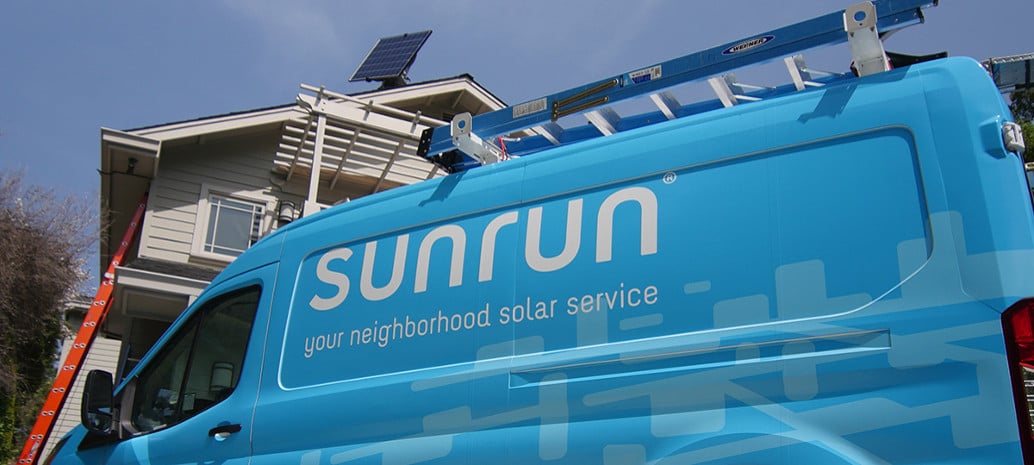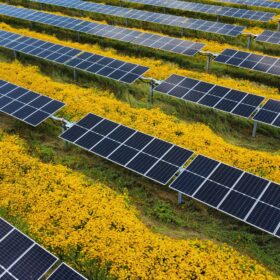Sunrun, the second-largest installer of residential solar PV systems in the U.S., has built upon a strong summer period to post another set of solid financials in the third quarter – prompting the firm to raise its deployment outlook for the year.
The third-party installer’s business model follows the zero-down-payment trend popularized by its rival, SolarCity, and thus places long-term contracts and gains ahead of short-term profits. However, Sunrun’s order books and balance sheets both look to be in rude health, and growth has become something of the norm for the company.
Revenue for Q3 reached $112 million, which represents year-over-year growth of 36% despite contracting slightly from Q2 ($122 million). Total deployment in the quarter increased 43% year-over-year to reach a strong 80 MW, which surpassed Q2’s deployment figure of 65 MW and gave the company confidence to raise its full year deployment guidance from 270 MW to approximately 285 MW. Sunrun expects to once again install 80 MW in Q4.
In adding so many more customers, Sunrun’s operating expenses rose 12% year-over-year to $163.1 million, and net income available to its stockholders fell sequentially from $32.6 million in Q2 to $16.9 million in Q3. However, with net bookings growing 5 MW on Q2 to reach 79 MW, there appears to be ample contracted future payments in the bank: as of the end of Q3 Sunrun estimates this figure at $3 billion, with estimated retained value of around $1.9 billion.
The revenue breakdown saw leases and incentives grow 36% to $43.2 million, while Sunrun’s direct solar system sales revenue accounted for $68.9 million – a 35% increase on Q3 2015.
“We are pleased to deliver Q3 results that beat targets on customer installations, net present value and cost improvements, and to raise guidance slightly for the full year,” said Sunrun CEO Lynn Jurich. The company confirmed that creation cost per watt installed has been lowered to $3.37, down from $3.75 in Q3 2015. This remains higher than both SolarCity and Vivint Solar, but a recent pivot towards providing installation in-house should likely drag those costs down towards the magic $3.00/W mark.
“We have achieved these targets by consistently executing our strategy of delivering the industry’s most valuable and satisfied customer base, aligning our product offerings with customer demand and taking share in attractive markets,” added Jurich.
Sunrun’s business model remains dependent on forward financing, and the company confirmed that it has secured finance capacity through to at least the second quarter of 2017.
This content is protected by copyright and may not be reused. If you want to cooperate with us and would like to reuse some of our content, please contact: editors@pv-magazine.com.








By submitting this form you agree to pv magazine using your data for the purposes of publishing your comment.
Your personal data will only be disclosed or otherwise transmitted to third parties for the purposes of spam filtering or if this is necessary for technical maintenance of the website. Any other transfer to third parties will not take place unless this is justified on the basis of applicable data protection regulations or if pv magazine is legally obliged to do so.
You may revoke this consent at any time with effect for the future, in which case your personal data will be deleted immediately. Otherwise, your data will be deleted if pv magazine has processed your request or the purpose of data storage is fulfilled.
Further information on data privacy can be found in our Data Protection Policy.